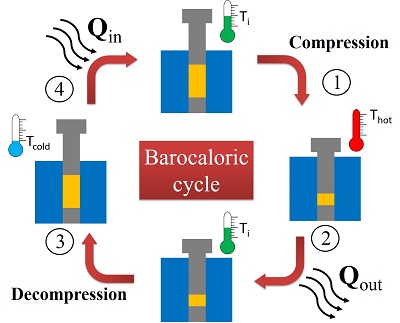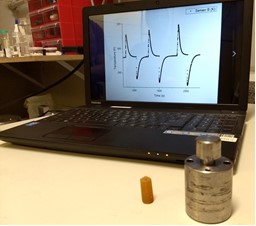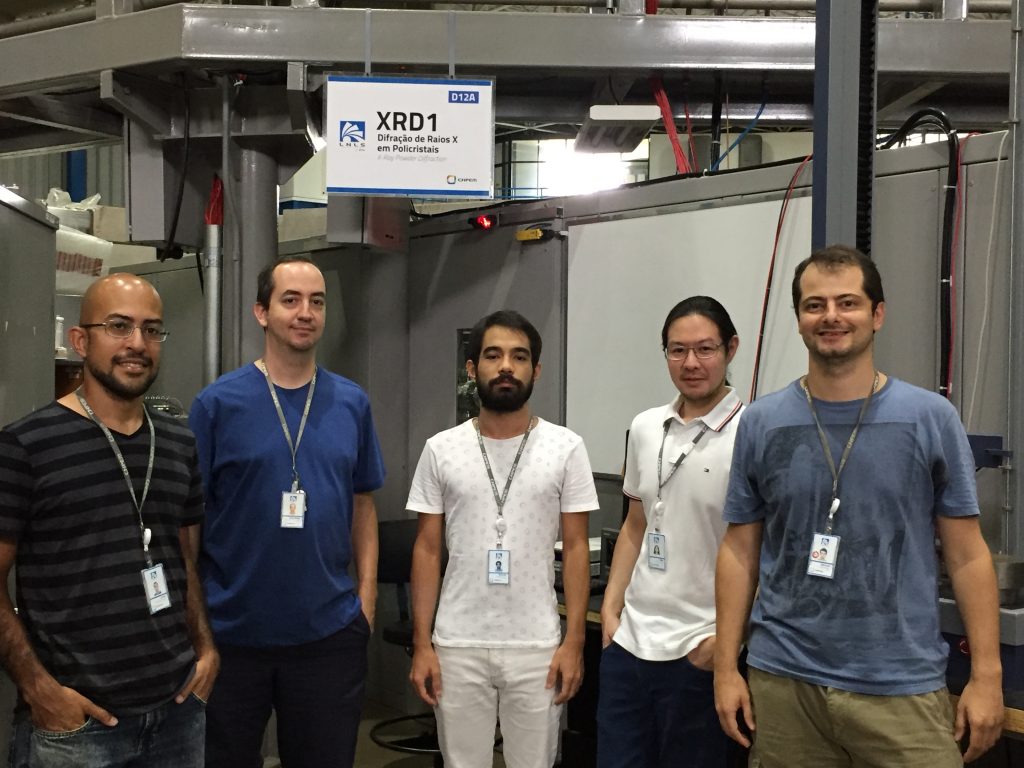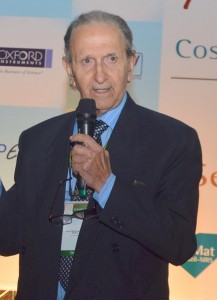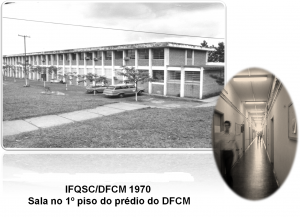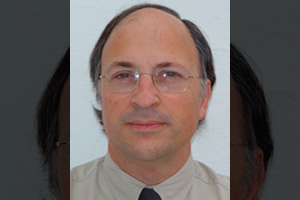
Villain of global warming and ocean acidification, the excess of carbon dioxide generated by human activities can be used to produce very useful compounds.
One example is the production of fuels from carbon dioxide, water and sunlight through photosynthesis-like processes, in which catalytic materials can play a key role in significantly increasing the efficiency of reactions.
Scientists from several countries are currently addressing a number of scientific and technological challenges related to the “recycling” of carbon dioxide. Their ultimate objective is to enable the so-called circular carbon economy, a system based on the use of carbon dioxide, renewable energy and environmentally friendly materials, and on the principle of minimizing waste and maximizing reuse.
One of these scientists is Joan Ramón Morante Lleonart, director of the Institute of Energy Research of Catalonia (IREC) and Professor of the Faculty of Physics of the University of Barcelona. Morante, who holds a PhD in Physics from the University of Barcelona, is also the editor-in-chief of the Journal of Physics D: Applied Physics (IOP Publishing). According to Google Scholar, his scientific production has more than 24,000 citations and his h-index is 82.
This Spanish scientist will be in September at the XVII B-MRS Meeting, where he will offer a plenary lecture entitled “Catalyst materials for solar refineries, synthetic fuels and procedures for a circular economy of the CO2”.
See our brief interview with Professor Morante.
B-MRS Newsletter: – Which materials can play an important role in circular economy of the CO2?
The circular CO2 economy implies different materials. First, the CO2 itself that must be captured and purified. These processes are not direct and even require the improvement of these steps, especially the development of materials for membranes that help to properly separate the CO2 from other components that, although smaller, such as sulfur can degrade the catalytic materials.
This is necessary both for the capture of CO2 from the carbon consumption of fossil origin and for the CO2 contained in the processes of fermentation and putrefaction that produce biogas.
However, apart from the caking process, the most critical point that requires the contribution of a deep knowledge of the materials is the step of the catalytic transformation of CO2 to achieve its direct reduction to products such as CO, methanol, formic acid, etc. . or its transformation, using other feed-stock, to methane (synthetic methane) or other products for example by hydrogenation of CO2 (methanation according to the reaction named reaction of Paul Sabatier).
These processes require not only the development of efficient catalysts but also materials for new reactors that combine their resistance to use, being able to resist corrosive conditions together with their thermal dissipation capacity in some cases, or electrical conductivity in other cases, or the lighting conditions for those cases in which the solution passes through the direct transformation of CO2 using the photons of the sun.
The development of these materials offers a magnificent opportunity to apply nanomaterials, being necessary to have large active surfaces per gram of material and controlled characteristics at the nanometer level avoiding degradation phenomena.
All these features constitute a great opportunity for developing science and technology promoting, at the same time, the transfer of science toward larger knowledge as well as new business opportunities giving answers to a truly problem of our society as it is the consumption of fossil energy sources that generate climatic change.
B-MRS Newsletter: – We want to know your work a little more. Choose your favorite scientific contribution and describe it briefly, in addition to sharing the reference.
Some years ago I was working on the compatibility of different materials with the microelectronics processes just looking for the integration of different functionalities (sensors and actuators) together with the processing units. In a way, it is a biomimetic activity because the scientific community tries to do something similar to living beings, that is, put the senses (sensors) to have a signal as information and connect it to a brain (processors) to process it.
In these activities it was necessary to generate electrical signals and control them. From this, I moved to generate electrical signals in different environments but now considered not as a signal of information but as a source of energy.
Again, the best features are achieved by controlling these phenomena on a nanometric scale and that is why now my activities are focused on “nano energy” in order to produce GWh.
Currently, I am focused in the mechanisms of energy transfer in solid interfaces involving electrons, photons and phonons as well as chemicals.
Likewise, I am specialized in the development of renewable energy devices and systems for applications in the field of energy and environment based on nano structures and their functionalization. So I have paid my attention on advanced materials and structures for artificial photosynthesis including the production of hydrogen and fuels at solar refineries. One of my main objectives is how to storage the electrical energy beyond the hydraulic pumping or the limited capacity by using batteries. Chemical storage using hydrogen or synthetic methane or biomethane constitute my main goal although I am also working on electrochemical batteries.
So if I check my last published papers, from one hand, I could highlight “Recent developments in organic redox flow batteries: A critical review” published in J. of Power Sources which is going beyond the lithium ion approaches for batteries , but from the other hand, I would like to underline “Enhanced photoelectrochemical water splitting of hematite multilayer nanowire photoanodes by tuning the surface state via bottom-up interfacial engineering” or “A prototype reactor for highly selective solar-driven CO2 reduction to synthesis gas using nanosized earth-abundant catalysts and silicon photovoltaics” both published in Energy and Environmental Science. Especially the last one is very representative of the above discussed issues.
B-MRS Newsletter: – Choose also a technological contribution that you have participated in: a case of transfer to the industry or a patent, for example, and make a brief description.
Our institute promotes and encourages the transfer of technology and the generation of patents only linked to its industrial exploitation.
During these last years we have patented some aspects of the technology to produce industrial solar or synthetic fuels. So with one of our industrial collaborators some patents have been carried out as “filter-press photoelectrochemical water oxidation and CO2 reduction cell” or “substrate-electrode interface illuminated photoelectrodes and their photoelectrolechemical cells”.
However I would like to indicate another of the patents made in collaboration with other groups that open a new perspective to the catalytic materials for the catalytic conversion of CO2. Its title is “procedure for the reduction of carbon dioxide to methane by catalytic activated by DBD plasma” and deals with the development of new concepts of catalytic materials that are subjected to the action of a plasma which changes all the conditions of the chemical reactions that take place on the surface of the catalyst at the same time that the own plasma contributes a complementary energy to have a different catalytic behavior. This allows to develop other behaviors and concepts. Thus, it has been achieved under adiabatic conditions to have a conversion rate of CO2 at room temperature comparable to that of a standard isothermal thermochemical conversion process at 300-400 °C. This opens new routes to implement more economical and high performance reactors.
—————————–
For more information on this speaker and the plenary talk he will deliver at the XVII B-MRS Meeting, click on the speaker’s photo and the title of the speech here https://www.sbpmat.org.br/17encontro/home/

